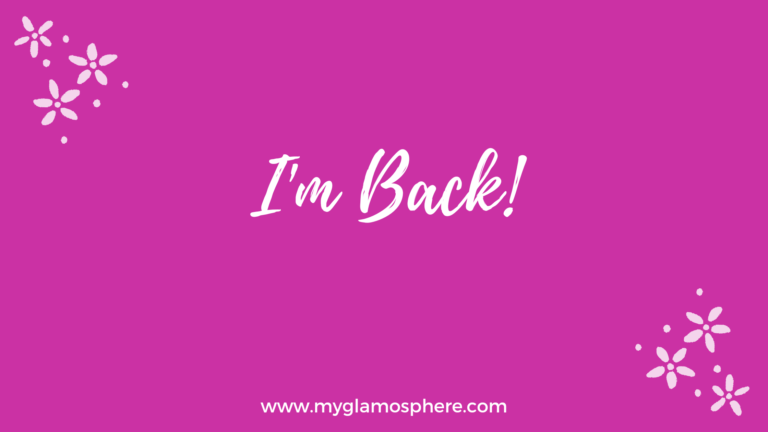If you want to have healthy-looking radiant skin, exfoliation should be a part of your skincare routine. Although, our skin goes through a natural exfoliation process daily, with lack of sun protection and age, that process of shedding tends to slow down or end altogether. So, a little help from some exfoliating products is often needed for glowy skin. This is where exfoliating acids; AHAs (alpha-hydroxy acids) and BHAs (beta-hydroxy acids) come in.
What Are AHAs?
AHAs are water-soluble acids made from sugar cane or other plant sources. They are recommended for normal to dry, sun-damaged skin. They help to peel away the surface of your skin. This allows new, more evenly pigmented skin cells to generate and take their place. After use, your skin will become smoother to the touch. There are over 5 types of AHAs one can find in skincare products. Some of them include; Glycolic acid (derived from sugar cane) is the smallest type and most widely used in skincare products, Lactic acid (derived from lactose in milk), Citric acid (derived from citrus fruit extracts), Tartaric acid (derived from grape extracts), Malic acid (derived from apple acids) and Mandelic acid (derived from almond extracts).
How To Use AHAs
All AHAs yield significant exfoliation. However, any one you choose should have a maximum concentration between 10 and 15 percent. Make sure to apply new products every other day until your skin gets used to them. This will also reduce the risk of side effects such as irritation. The strong exfoliating effects of these acids make the skin more sensitive to the sun, so it’s advisable to wear sunscreen every morning to prevent burns, age spots, and increased skin cancer risks. Some products that contain AHAs are The Ordinary Glycolic Acid Toning Solution & The Ordinary Lactic Acid 10% + HA.
Benefits of AHAs
AHAs are great for:
- increasing the shedding of dead skin cells retained at the surface.
- reducing the visible signs of sun damage and wrinkles.
- promoting collagen production and blood flow.
- correcting discoloration from scars and age spots.
- brightening your complexion.
What Are BHAs?
BHAs are organic carboxylic acids that work on skin’s surface and deep inside the pores. They penetrate into the hair follicles to dry out excess oils and dead skin cells to unclog the pores. BHAs are oil soluble, which is why they are ideal for combination to oily skin. They have antibacterial and anti-inflammatory properties, can get below the oil that’s clogging up your skin, help spots disappear quicker and calm any redness. The most popular BHA is Salicylic acid which can be found in a range of different formulas targeted at spot treatments.
How To Use BHAs
BHAs are also designed for daily use, but you may need to apply a few times per week at first until your skin gets accustomed to them. Although BHAs don’t make your skin as sensitive to the sun compared to AHAs, you should still wear sunscreen every single day. This will help prevent further sun damage. Some products that contain BHAs are Neutrogena Rapid Clear 2-in-1 Fight and Fade Toner and Zapzyt Acne Wash Cleanser.
Benefits of BHAs
BHAs are great for:
- skin-calming properties.
- enhanced ability to penetrate pores.
- fighting bacteria.
- treating calluses and other areas of dry skin.
How To Choose Between AHAs and BHAs
When it comes to choosing between AHAs and BHAs, the way in which you want the products to work along with your skin concerns becomes the key factor. Considering that they are both exfoliators, using them together can cause dryness and irritation. If your skin issues are deeper, like cystic acne or just acne in general, you’ll want to use either BHA or an AHA/BHA combination, as it’ll be able to better penetrate the issue. However, for skin issues like dry skin, AHA is your best bet. Some products that contain a combination of AHA/BHA are The Ordinary AHA 30% + BHA 2% Peeling Solution and Neutrogena Pore Refining Face Toner.
An AHA/BHA combination might work depending on your skin type, but when your goal is to exfoliate just the top layer of your skin, you should be using an AHA. You could also use AHAs and BHAs alternately…one type in the morning and the other during your nighttime routine. Another strategy is to use these acids on certain parts of your face only. For instance, you can apply an AHA to the dry areas and a BHA to the oily areas if you have combination skin.
Hugs and Kisses,
Missglam.






Lactic acid is the best for me. Fantastic cell renewer ingredient.
Fantastic! Thanks for sharing, Audrey! Xx.
Very informative! I was confused with the AHA and BHA before. Since they are exfoliating acid, is it okay to skip my exfoliating routine?
Hello Merlyn, if you already use an AHA or BHA, you may skip any extra exfoliating process. Xx